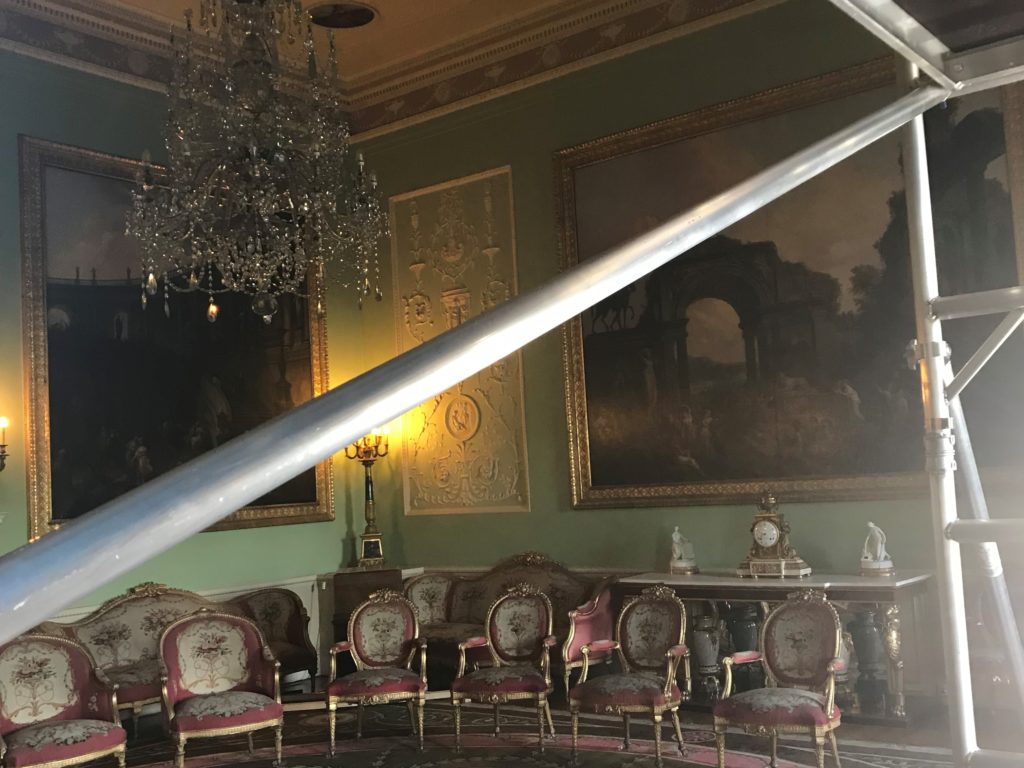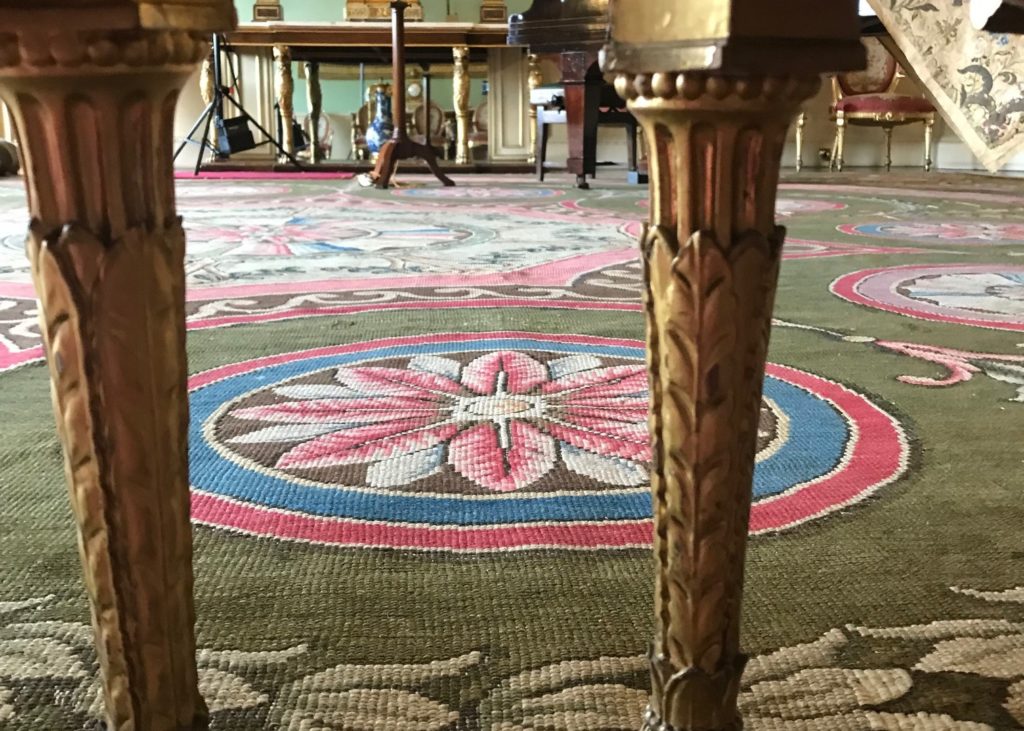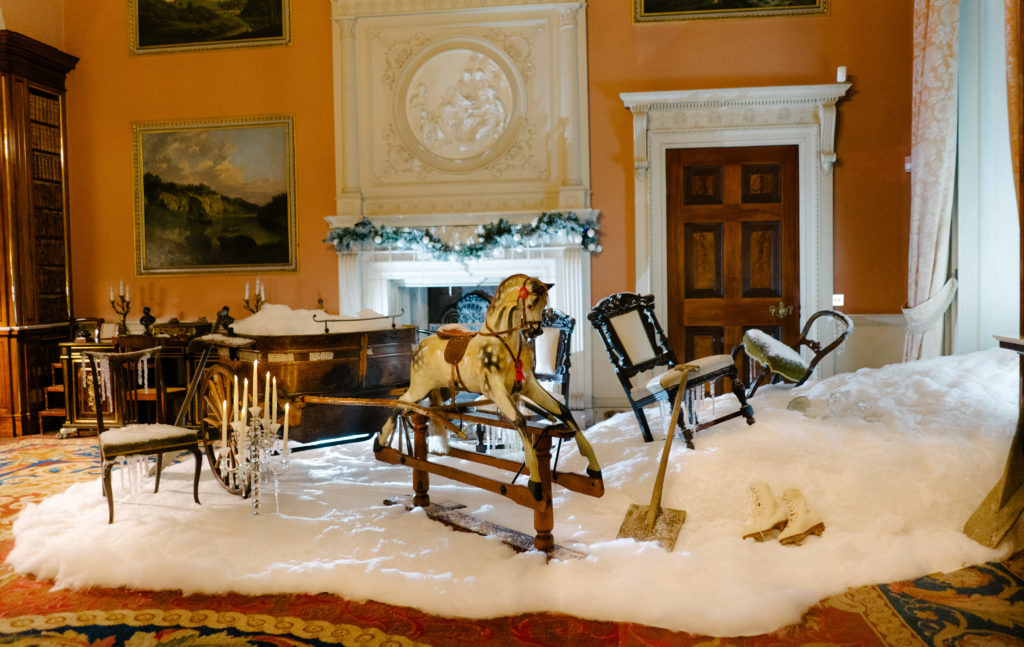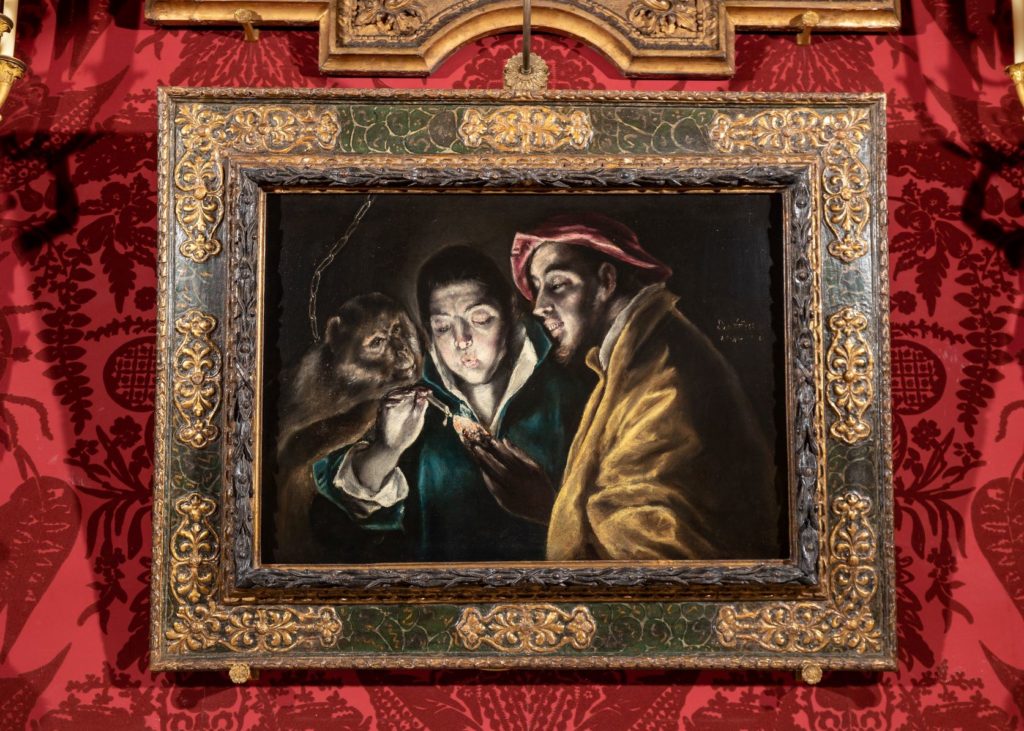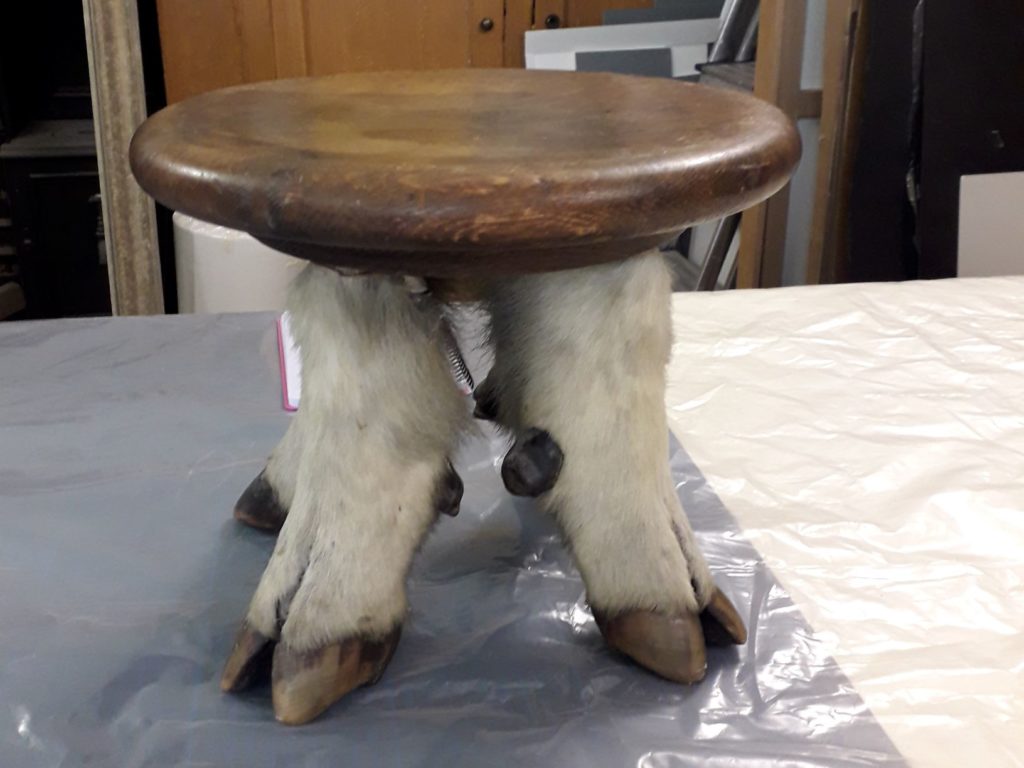 Insects, of all shapes and sizes, love country houses.
Insects, of all shapes and sizes, love country houses.
A Grade I listed building offers them their ideal home; lots of undisturbed, small, dark areas with old textiles and surfaces to feed from, and easy entry through old window frames and doorways. Outdoors they are not an issue but when they find their way indoors they use our collections as a source of food which can cause lasting damage. We call them pests.
One of the Collection Care team’s ongoing tasks is implementing an Integrated Pest Management (IPM) system with our Conservation and Technical Officer, Roger. We have pheromone and sticky traps in all the rooms of the House to help monitor pest activity, these are checked on a regular basis, but we also carry out rolling inspections of items that would appeal to pests. During these inspections you will find us crawling around with our torches checking carpets, curtains, and under chairs and sofas.
Rachel recently attended a course at the British Library with David Pinnegar, the pest management strategy adviser for English Heritage amongst others. Our knowledge on IPM has been updated and one of our latest endeavors is better identification of the pests we find, which we do using a microscope. It is important for us to know exactly what types of pests we are finding, so we can identify if they pose a risk to our collection, monitor vulnerable objects more closely for infestations, and take appropriate steps to eradicate any pests present before irreversible damage is done.
The pests that we come into contact with the most, carpet beetles, are only 2-3mm in length, making it hard to distinguish between the varying types without the aid of a microscope. Carpet beetles themselves won’t damage objects, however, their larvae, known as woolly bears, do. The woolly bears feed off the textiles leaving small holes behind, compromising the structure of the item. Textiles, especially organic ones, are very susceptible to pests, including carpet beetles and clothes moths, which can cause tremendous damage.
We recently found a woolly bear infestation in a calves’ foot stool, part of our natural history collection that is not currently on display. If we attempted to clear the infestation by vacuuming the calves’ feet, we would likely remove the fur and damage the stool. So instead we decided that the best course of treatment would be to freeze it, to kill off any pests living on or in it. We firstly removed any visible frass, the waste matter produced by the woolly bears, from the hooves of the stool, which are robust enough to sustain being handled unlike the rest of the calves’ foot. We then wrapped the stool in polythene and removed the air from the package using a vacuum. The stool was then placed in our conservation freezer at -180c for two weeks to eradicate the pests. It’s an ongoing task of monitoring for pests in an historic environment such as Harewood House!
Follow us on social media to keep up to date on news and stories from @HarewoodHouse
